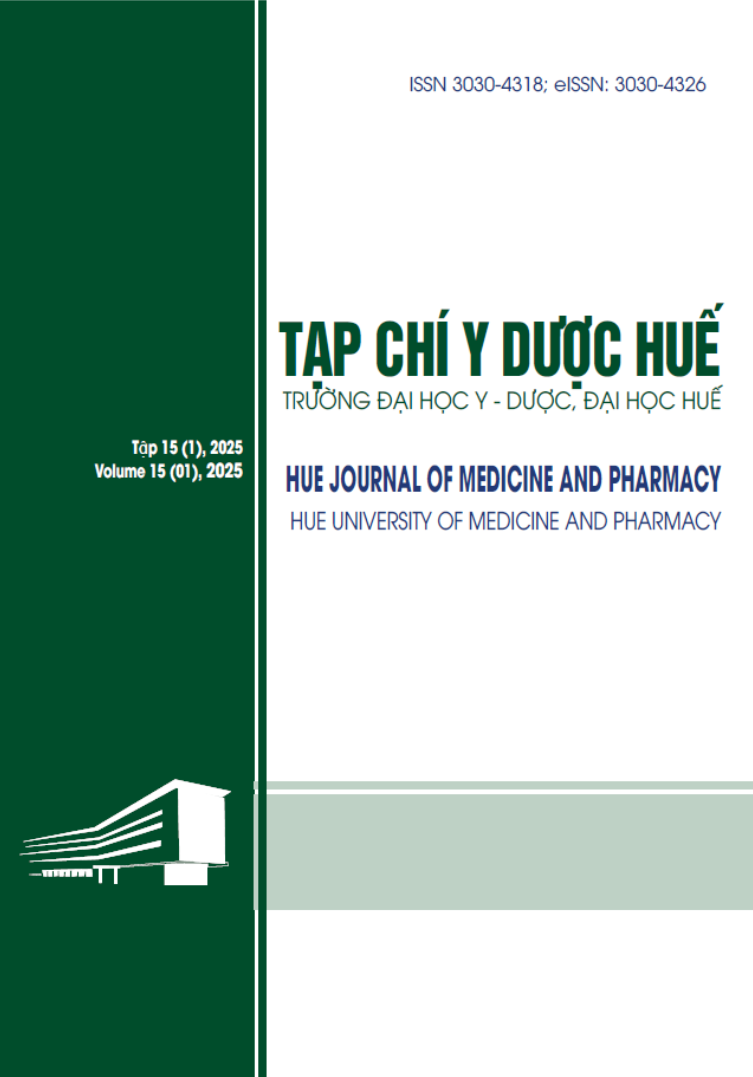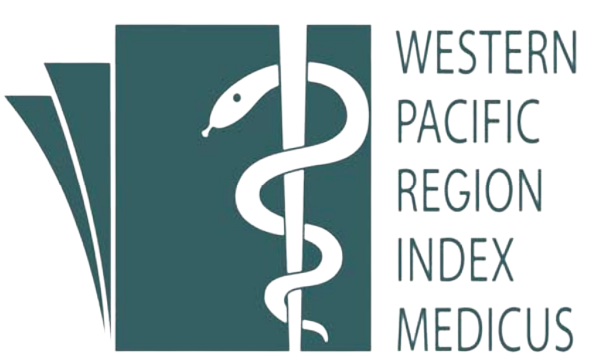Abstract
Background: Surface electromyographic (EMG) devices are becoming more and more popular to assess sleep bruxism. Objectives: To evaluate characteristics of sleep bruxism using EMG Logger.
Materials and Methods: A convenient sample of the patients at Hue University of Medicine and Pharmacy Hospital who had clinical signs related to sleep bruxism was collected. The patients were asked for anamnesis, followed by clinical examination and then guided to attach EMG Logger device in 2 consecutive nights, recorded data were analyzed by a specialized software.
Results: Severe sleep bruxism accounts for the highest rate of 67%, moderate level accounts for 33%, there is no mild level and no bruxism; 80% had tooth wear, buccal and tongue mucosa ridging were 83.3% and 93.3%, respectively, there is no difference between the level of sleep bruxism and clinical signs (p > 0.05); 82.9% were phasic and mixed episode, 17.1% were tonic episode.
Conclusions: EMG Logger supports diagnose and provide detailly about specifications of sleep bruxism.
| Published | 2025-05-09 | |
| Fulltext |
|
|
| Language |
|
|
| Issue | Vol. 15 No. 2 (2025) | |
| Section | Original Articles | |
| DOI | 10.34071/jmp.2025.2.20 | |
| Keywords | Sleep bruxism, EMG Logger, surface electromyographic device |

This work is licensed under a Creative Commons Attribution-NonCommercial-NoDerivatives 4.0 International License.
Copyright (c) 2025 Hue Journal of Medicine and Pharmacy
Lobbezoo F, Ahlberg J, Glaros AG, Kato T, Koyano K, Lavigne GJ, et al. Bruxism defined and graded: an international consensus. Journal of oral rehabilitation. 2013;40(1):2-4.
Kato T, Velly AM, Nakane T, Masuda Y, Maki S. Age is associated with self-reported sleep bruxism, independently of tooth loss. Sleep Biological Rhythms Breathing. 2012;16(1):1159-65.
Lobbezoo F, Ahlberg J, Raphael KG, Wetselaar P, Glaros AG, Kato T, et al. International consensus on the assessment of bruxism: Report of a work in progress. Journal of oral rehabilitation. 2018;45(11):837-44.
Maeda M, Yamaguchi T, Mikami S, Yachida W, Saito T, Sakuma T, et al. Validity of single-channel masseteric electromyography by using an ultraminiature wearable electromyographic device for diagnosis of sleep bruxism. Journal of prosthodontic research. 2019;64(1):90-7.
Yamaguchi T, Mikami S, Saito M, Okada K, Gotouda A. A newly developed ultraminiature wearable electromyogram system useful for analyses of masseteric activity during the whole day. Journal of prosthodontic research. 2017;62(1):110-5.
Koyano K, Tsukiyama Y, Ichiki R, Kuwata T. Assessment of bruxism in the clinic. Journal of oral rehabilitation. 2008;35(7):495-508.
Smith BG, Knight JK. An index for measuring the wear of teeth. British dental journal. 1984;156(12):435-8.
Khalifa. The prevalence of tooth wear in an adult population from the eastern province of Saudi Arabia. Clinical, cosmetic investigational dentistry. 2020;12(1):525-31.
Morita K, Mori T, Maruyama M, Hiraoka A, Higa C, Kuroki A, et al. Association between buccal mucosa ridging and oral or occlusal status among older people. Oral diseases. 2018;24(5):778-83.
Tomooka K, Tanigawa T, Sakurai S, Maruyama K, Eguchi E, Nishioka S, et al. Scalloped tongue is associated with nocturnal intermittent hypoxia among community‐dwelling Japanese: the Toon Health Study. Journal of oral rehabilitation. 2017;44(8):602-9.
Mikami S, Yamaguchi T, Saito M, Nakajima T, Maeda M, Gotouda A. Validity of clinical diagnostic criteria for sleep bruxism by comparison with a reference standard using masseteric electromyogram obtained with an ultraminiature electromyographic device. Sleep Biological Rhythms. 2022;20(2):297-308.
Saczuk K, Lapinska B, Wilmont P, Pawlak L, Lukomska-Szymanska M. The Bruxoff device as a screening method for sleep bruxism in dental practice. Journal of clinical medicine. 2019;8(7):930-45.
Palinkas M, Canto GDL, Rodrigues LAM, Bataglion C, Siéssere S, Semprini M, et al. Comparative capabilities of clinical assessment, diagnostic criteria, and polysomnography in detecting sleep bruxism. Journal of Clinical Sleep Medicine. 2015;11(11):1319-25.
Bhatia R, Nair D, Bhatnagar MK, Sood S, Kumar P, Chaudhary R. A hospital based case control study to explore the association between bruxism and cardiovascular diseases in Kangra region of Himachal Pradesh. International Journal of Community Medicine Public Health. 2021;8(7):3371.
Trần TT. Khảo sát mòn răng và các yếu tố liên quan ở người trên 18 tuổi đến khám tại Bệnh viện Đại học Y Dược Huế. Tạp chí Y Dược học - Trường Đại học Y Dược Huế. 2018;8(3):42-7.
Lê NL. Nghiên cứu tình trạng mòn răng và các yếu tố liên quan ở sinh viên Răng Hàm Mặt, Trường Đại học Y Dược Cần Thơ. Tạp chí Y học Việt Nam. 2023;524(2):55-9.
Ohlmann B, Rathmann F, Bömicke W, Behnisch R, Rammelsberg P, Schmitter M. Validity of patient self‐reports and clinical signs in the assessment of sleep bruxism based on home‐recorded electromyographic/electrocardiographic data. Journal of Oral Rehabilitation. 2022;49(7):720-8.
Lussi A, Megert B, Shellis RP, Wang X. Analysis of the erosive effect of different dietary substances and medications. British journal of nutrition. 2012;107(2):252-62.
Piquero K, Ando T, Sakurai K. Buccal mucosa ridging and tongue indentation: incidence and associated factors. The Bulletin of Tokyo Dental College. 1999;40(2):71-8.
Takagi I, Sakurai K. Investigation of the factors related to the formation of the buccal mucosa ridging. Journal of oral rehabilitation. 2003;30(6):565-72.
Reissmann DR, John MT, Aigner A, Schön G, Sierwald I, Schiffman EL. Interaction between awake and sleep bruxism is associated with increased presence of painful temporomandibular disorder. Journal of oral rehabilitation facial pain headache. 2017;31(4):299–305.
Lavigne GJ, Kato T, Kolta A, Sessle BJ. Neurobiological mechanisms involved in sleep bruxism. Critical Reviews in Oral Biology Medicine. 2003;14(1):30-46.
Kato T, Thie NMR, Huynh N, Miyawaki S, Lavigne GJ. Topical review: Sleep bruxism and the role of peripheral sensory influences. Journal of orofacial pain. 2003;17(3).
Kato T, Akiyama S, Kato Y, Yamashita S, Masuda Y, Morimoto T. The occurrence of spontaneous functional and nonfunctional orofacial activities in subjects without pain under laboratory conditions: A descriptive study. Journal of Orofacial Pain. 2006;20(4):317-24.
Clarke NG, Townsend GC. Distribution of nocturnal bruxing patterns in man. Journal of oral rehabilitation. 1984;11(6):529-34.






